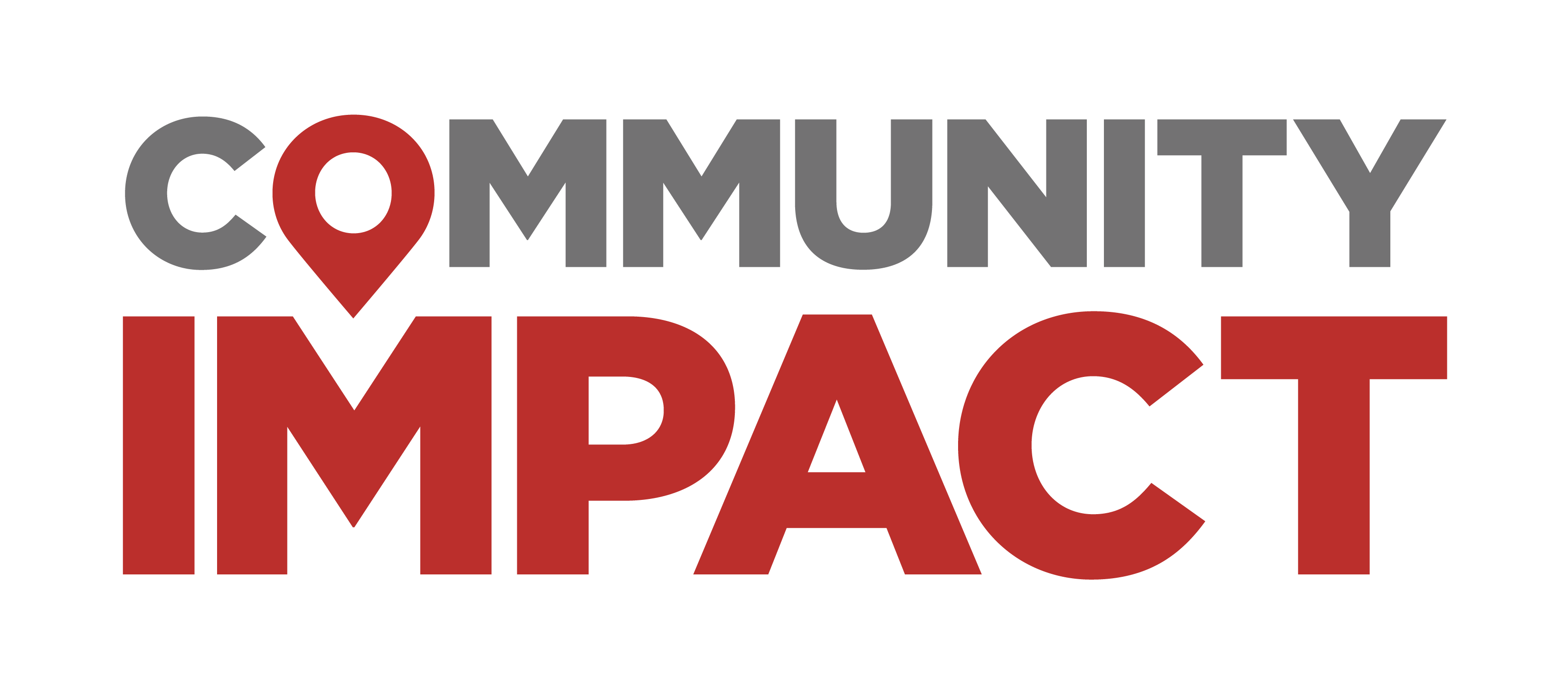1. Travis County officials, voters approve tax hike to support affordable child care
Back in August, county commissioners approved a measure asking voters for a tax rate increase on the November 2024 ballot.
The impact
Commissioners proposed a tax increase of $0.025 per $100 valuation, which equates to around $10.50 a month for the average Travis County homeowner, according to county documents. The new revenue will bring in over $75 million for expansion of affordable early childhood care and after-school programs.
The details
The majority of Travis County voters showed support for a tax rate increase, with nearly 60% in favor.
County staff have outlined several specific programs to be implemented that will increase access to affordable child care throughout the county:
- Increase subsidy spots in early childhood daycares; create incentives for providers to offer reduced-tuition slots
- Increase after-school and summer care slots
- Expand nontraditional-hours child care—child care options outside the regular 9-to-5 workday for parents who work atypical hours
- Cover gaps in state subsidy funding
Of note
Travis County officials also approved a 100% property tax exemption for child care providers in March 2024.
Read the full story here.
2. Travis County sees decline in opioid deaths
Travis County was awarded a $1.6 million federal grant Dec. 2 in order to launch a jail-based substance use intake program as accidental opioid deaths declined for the first time in over three years.
“We’re certainly turning a corner,” Travis County Medical Examiner Dr. Keith Pinckard said.
The overview
Overdoses continue to remain the leading cause of accidental deaths in Travis County, prompting commissioners to renew a 2022 public health crisis declaration in November. As part of this effort, the county allocated $100,000 for naloxone—a medication used to treat opioid overdoses—and an additional $300,000 for future overdose prevention programs in the upcoming year.
Commissioners also directed staff to prioritize investments in opioid abatement strategies, including expanded access to treatment, increased naloxone distribution and enhanced peer recovery services.
The latest federal funding will support medication-assisted treatment, harm reduction approaches and peer recovery support within the Travis County jail system, and follow an individual as they re-enter the community.
The substance-use disorder program will be overseen by the Travis County Health and Human Services Department in collaboration with the county’s Sheriff’s office and local mental health provider Integral Care.
Read the full story here.
3. Travis County launches pilot gun violence intervention program
Travis County Commissioners approved a $500,000 contract Oct. 22 with Ascension Seton to launch a pilot Hospital-based Violence Intervention Program, or HVIP, intended to “disrupt” the cycles of gun violence, the release states.
The context
Gun violence is the leading cause of nonaccidental death in Travis County, according to a recent news release from the county judge. A total of 178 firearm-related deaths occurred in 2023, with 107 classified as suicides and 71 as homicides.
This new intervention program will identify victims of assault with a weapon and their families in order to provide trauma-informed care, offering support during hospital stays and following up post-discharge.
Victims of gun violence and their families face an increased likelihood of committing or retaliating with violence in the future, American gun control activist David Hogg told Travis County commissioners. He emphasized that investing in prevention not only reduces violence but also results in long-term cost savings compared to after-the-fact treatment.
“These programs are some of the most effective at reducing gun violence in the country," Hogg said. "Not only do they save lives, they can save a lot of money at the same time."
Read the full story here.
4. County commissioners approved another a tax rate increase to support Central Health
Following weeks of scrutiny and a procession of several long-winded discussions regarding the county’s local hospital district, Travis County commissioners authorized an $888.7 million budget for Central Health’s 2024-25 fiscal year—which includes a tax rate increase.
What you need to know
Beginning Oct. 1, residents saw a 6.5% increase in their Central Health property tax rate.
For the average Travis County homeowner, the new tax rate of $0.107969 per $100 valuation will result in an estimated annual tax increase of $66. Based on the median home value, homeowners can expect to pay around $544 in property taxes to Central Health.
Read the full story here.
5. Commissioners approval of nearly $2B budget indicates plans for justice system reform
Travis County officials have earmarked millions of the nearly $2 billion fiscal year 2024-25 budget to implement a Counsel at First Appearance, or CAFA, initiative and other judicial reforms.
Budget explained
Amid growing public frustration and a lawsuit filed in recent months, county officials' prioritization of legal representation following an arrest appear to address some concerns, though efforts toward legal and law enforcement reform have been ongoing.
Over the past year, the county has conducted CAFA test shifts, borrowing judges and lawyers from various jurisdictions, including the city of Austin. The CAFA program provides legal representation to individuals unable to afford it during their initial court appearance after arrest.
Travis County commissioners have set aside $15.5 million to fully implement the program.
Diving deeper
The funding would cover two new shifts of legal services during initial court appearances in which jail time and bail amounts are determined.
CAFA advocates have reported that having a lawyer present during the first appearance in front of a judge can improve outcomes.
Read the full story here.
6. Travis County launches jail diversion program
The county’s budget has also allocated various funds towards mental health initiatives, which includes funding for a diversion program launched at the beginning of 2024.
The details
The Crisis Care Diversion program is geared to keep people with mental illness out of jail.
The program follows a March 2023 report that revealed Travis County has a significant number of individuals with mental illness being arrested for nonviolent offenses and repeatedly cycling through the jail system.
An estimated 40% of all incarcerated individuals in Travis County Jail suffer from mental illness, according to previous meetings held by county officials on the subject earlier this year. That number jumps to 70% to 80% when accounting for people with substance abuse disorder.
This fiscal year’s budget outlines a little more than $16 million in reserves for the diversion program and facility.
Read initial coverage here and the most recent update here.
7. Travis County purchases land to increase park access, expand trail system
In April and May, Travis County acquired almost 2,000 acres of land in the Hill Country as well as several smaller parcels along the Eastern Crescent this year after residents voted in November 2023 to raise their tax bills to protect green space.
In a nutshell
The new land will be used to build upon the county’s 27 parks, which span over 11,000 acres and feature hiking and biking trails, natural swimming holes and fishing areas.
The acquisitions will protect environmentally sensitive land from being turned into dense development, and parks foundation officials hope the new 70-mile trail system will increase accessibility to nature to a historically underserved area.
Read the full story here.





